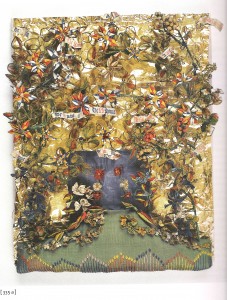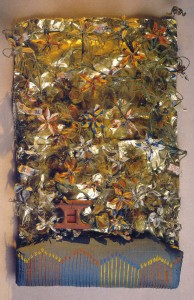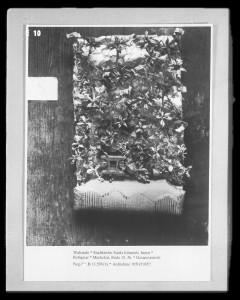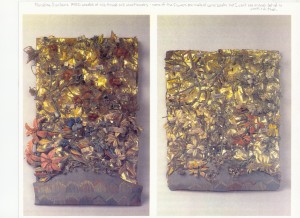Deprecated: Function get_magic_quotes_gpc() is deprecated in /hermes/walnacweb07/walnacweb07ak/b1408/hoc.roxelana/new/wp-includes/formatting.php on line 2720
Deprecated: Function get_magic_quotes_gpc() is deprecated in /hermes/walnacweb07/walnacweb07ak/b1408/hoc.roxelana/new/wp-includes/formatting.php on line 4819
Deprecated: Function get_magic_quotes_gpc() is deprecated in /hermes/walnacweb07/walnacweb07ak/b1408/hoc.roxelana/new/wp-includes/formatting.php on line 4819
Deprecated: Function get_magic_quotes_gpc() is deprecated in /hermes/walnacweb07/walnacweb07ak/b1408/hoc.roxelana/new/wp-includes/formatting.php on line 4819
Deprecated: Function get_magic_quotes_gpc() is deprecated in /hermes/walnacweb07/walnacweb07ak/b1408/hoc.roxelana/new/wp-includes/formatting.php on line 4819
Deprecated: Function get_magic_quotes_gpc() is deprecated in /hermes/walnacweb07/walnacweb07ak/b1408/hoc.roxelana/new/wp-includes/formatting.php on line 4819
Originally there were 23 of these cushions and they formed a wall in the chapel, separating it from the choir. The flowers were created in Mechelen and the cushions were assembled in Ebstorf where they were made to look like a garden wall with a lattice work above the cushions. They were “walled in” during the Protestant Reformation, where they remained hidden until the early 19th century.
Translation of Three Paradise Gardens from the Ebstorf Convent and Mechelen, around 1480.
The Monastery work of the late Middle Ages, unique in its form, consists of art flowers comprised of gilded copper wire, bits of parchment, natural branches, and colored silk threads. Also included are little coral beads and gilded silver tinsel. Relics are packed into silk materials with slips of parchment on which holy names are written as well as small devotional pictures, none or which remain. All of these float over gilded brass foil sewn on to rectangular pieces of rough burlap. At the base is a cushion of a different style, green silk embroidered with colored silk (in the form of flowers) and stuffed with flax. Approximately 21 inches high and 13.5 – 16 inches wide.
At one time the series was comprised of 24 pieces. In 1932 one was given to the abbey Frauenworth in the Chiemsee, after it had been supplemented by removing and transferring flowers onto it from other gardens. Countless other branches of flowers had already been stripped. No piece remained intact for reasons unknown and all of the devotional pictures had been removed save one (a tiny Alterpredella carved from wood.) More than half of the Reliquary boxes are in their original state, probably because Protestants who later occupied the convent attached no importance to them. And for that same reason the gardens remained hidden for centuries. This explains the excellent preservation of the colored silk threads. The majority of the blooms resemble lilies, hedge roses, and narcissuses, rose buds, oak leaves, acorns, and strawberries; however the colors are often unnaturally represented.
After their rediscovery in 1966, three of the Paradise Gardens were cleaned and preserved by the museum through they are no longer fit for exhibition. The remaining 20 were so badly damaged that the remaining flowers were concentrated onto ten gardens and the damaged brass foil was replaced with a suitable golden aluminum foil. In the monastery chronicle of 1487 they are called “small boxes” (lat Capsellae): > the small boxes are artfully prepared, with a delicate linen covered lattice (trellis) above it decorated to look like a wall, so that one can regard the whole as a tapestry. In the small boxes Relics of the holy ones are kept.< Rusty nail holes in the burlap prove the Paradise Gardens had once been fastened to a wall. The lattice of linen was probably carved wood covered with gilded veils as the alters of the time. (In Ebstorf the is a 19th century record of ten such veils from the end of the 15th century being attached, however all the gold plating had been painted over in black.) It could be determined that there were 288 total relics, evenly distributed and sewn down on copper handles thru the burlap between the flowers. Each was labeled in red or blue ink on parchment and of those, 145 are still readable. Besides the patron of the place, (Mauritus, 6 times and the Ebstorf martyr 11 times) other local saints can be found. Alaxander (4), Saint Blasius (4), and the 11,000 virgins (7). The Blessed Katharina (5) who is buried in a nearby convent.
No doubt that the relics were selected in Ebstorf and were mounted together with the art flowers. The chronicles of the time tell us that Abbess Matthias of the Knesebeck, abbess at the time, let the Paradise Gardens be secured to the wall, aligned them, that they separated the nuns choir on the western wall. Here the novices knelt, took vows, and became Christ’s brides. This crowning event is what justified the special expense in the visibility of the cloister. The Abbess probably even contributed art flowers of her own. There is no other series of Paradise Gardens known to have existed. One knows of similarly fabricated art flowers in Walsrode, Rheine, Koln, Kalkar, Xanten, Arres, and more so in Belgium in Antwerp, Diest, Herentals, Kontich, Balen-Neet and very especially in Mecheln. There stand in the Gasthuis Once Lieve Vrouw [I think it’s a hospital] of the Beguine house, seven powerful glazed shrines full of art flowers, figures, and relics. That speaks to the fact that the Beguine of Mecheln at one time produced such a quantity of flowers as to drive out other exported handicrafts. In the southern Netherlands the shrines equipped with art flowers are called Besloten Hofjes.




